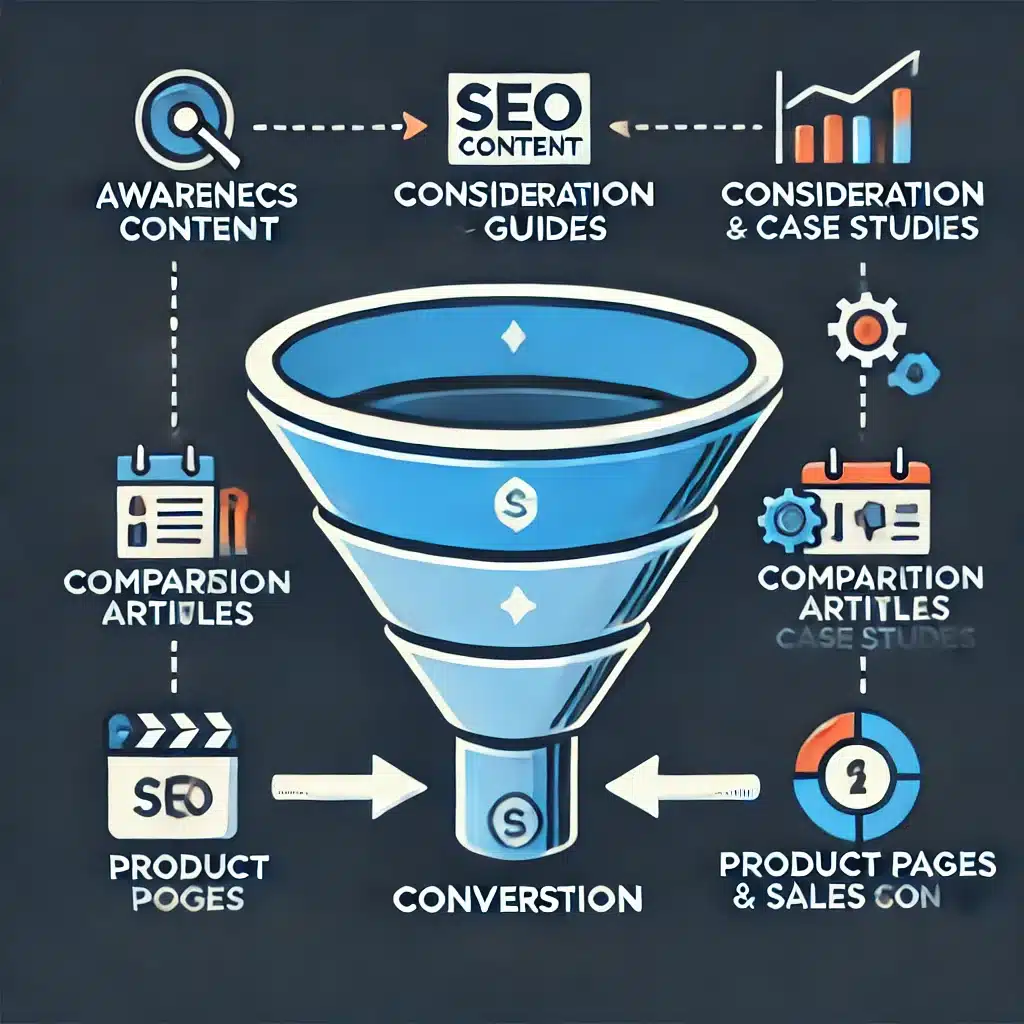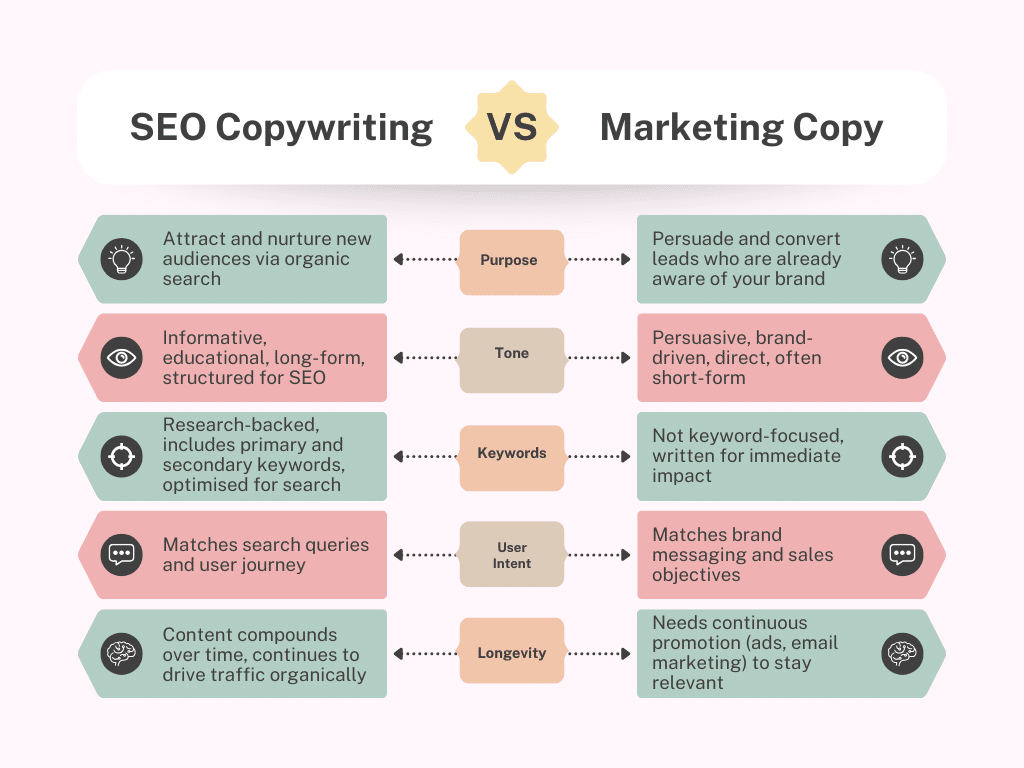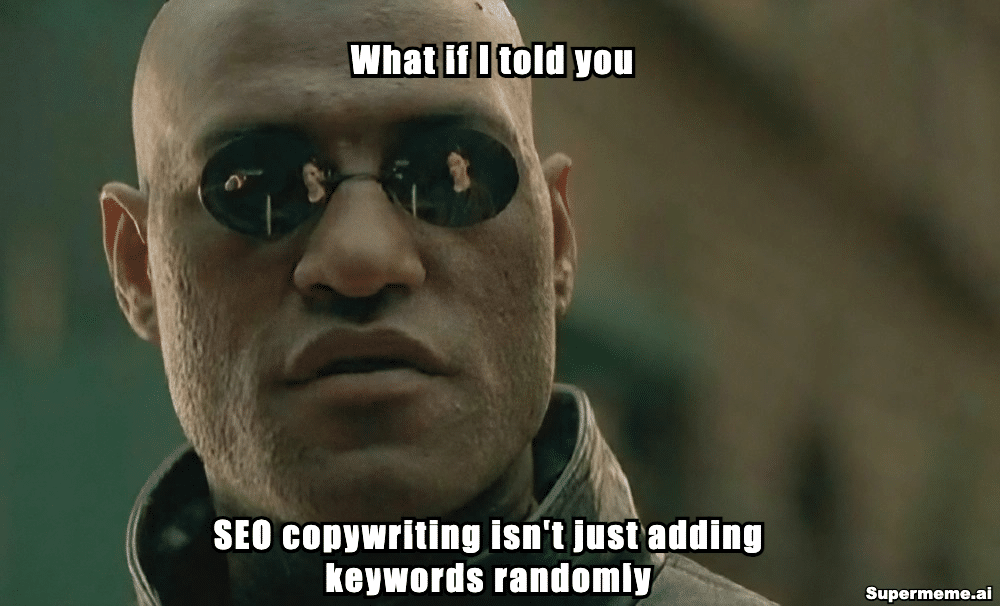Why I Wrote This Blog Post
Recently, we’ve had numerous conversations with our clients, helping them understand the value of SEO copywriting and how it differs from traditional marketing copy. Since these discussions keep coming up, I wanted to put together this blog post—not only to help me process their feedback but also to provide them with a resource they can refer back to and share with their teams.
Many businesses invest in sales-driven copy, such as product descriptions, landing pages, and paid ad content, but neglect SEO-focused content, which is crucial for bringing in new audiences. This guide breaks down the differences and highlights why SEO copywriting should be a priority in any digital strategy.
SEO is a Pull Marketing Strategy, Unlike Push Marketing
Traditional marketing relies on push strategies, where businesses promote messages to potential customers through ads, email campaigns, and direct sales tactics. SEO, however, is a pull strategy—it attracts users who are already looking for answers, products, or services by providing relevant, helpful content that matches their search intent.
By implementing SEO copywriting, businesses position themselves as the trusted source that potential customers discover organically rather than interrupting their experience with ads.
Where SEO Copywriting Fits in the Marketing Funnel

A well-executed SEO content strategy aligns with the marketing funnel, ensuring your brand is present at every stage:
Top of Funnel (Awareness) – Search Discovery
- The customer doesn’t know your brand exists but has a problem or question.
- They search Google for answers.
- SEO-driven blog posts, guides, and educational content capture their attention and introduce your brand as a trusted source.
Middle of Funnel (Consideration) – Nurturing Leads
- The customer is now aware of your brand and researching options.
- They may search for comparisons, case studies, or in-depth guides to help them make a decision.
- Long-form SEO content, such as detailed landing pages, whitepapers, and case studies, helps guide them further down the funnel.
Bottom of Funnel (Conversion) – Sales & Persuasion
- The customer is ready to buy and searches for brand-specific terms or high-intent keywords like “best X for Y.”
- Traditional sales copywriting (product pages, PPC ads, sales emails) takes over, converting the lead into a paying customer.
Without SEO content at the top and middle of the funnel, your business misses out on customers before they’re even in the buying mindset.
How SEO Copywriting Differs from Traditional Copywriting
Many marketing managers ask:
Why can’t we just repurpose our ad copy or website content for SEO?
Because SEO copywriting is about search intent, discoverability, and long-term value—not just immediate persuasion.

The SEO Copywriting Process: From Research to Execution
SEO copywriting follows a structured process based on data-driven keyword research and content strategy.
Step 1: Researching Search Intent & Keyword Gaps
Before writing, SEO copywriters analyse search trends to understand how people look for products or services in your industry. This involves:
- Keyword Research – Identifying high-volume, relevant keywords.
- Competitor Analysis – Examining what competitors rank for.
- Search Intent Matching – Determining whether users seek informational or transactional content.
- Content Gaps – Finding untapped keyword opportunities where your competitors aren’t ranking.
Step 2: Creating an SEO Copy Brief
A detailed copy brief guides the content creation process. It can include:
- Primary & Secondary Keywords
- Target Audience & Search Intent
- Competitor Benchmarking
- Ideal Content Length & Structure
Step 3: Writing & Structuring SEO Copy
SEO content must be structured for both readability and search engines:
- Strategic Headings (H1, H2, H3) for scannability.
- Internal Linking to keep users engaged and boost SEO.
- Optimising for Featured Snippets (bullet points, lists, FAQs).
Step 4: Publishing & Performance Monitoring
SEO doesn’t end with publishing—it requires ongoing tracking and optimisation:
- Organic Traffic & Keyword Rankings
- User Engagement (Bounce Rate, Time on Page)
- Conversion Rates
Why SEO Copywriting is a Smart Investment (Even with a Limited Budget)
Some businesses prioritise paid ads or sales copy over SEO because of budget constraints. However:
- SEO content compounds over time—a single well-optimised post can bring traffic for years.
- Paid ads stop working when the budget runs out—SEO continues to drive organic traffic.
- SEO nurtures customers early—making them more likely to convert when they’re ready.
Instead of choosing between SEO and sales copy, businesses should balance both—attracting, educating, and converting leads at every stage of the funnel.
Final Thoughts: SEO Copywriting is a Growth Strategy
If your content isn’t strategically built for search, you’re leaving money on the table. SEO copywriting creates a steady stream of new visitors, nurtures them over time, and turns them into customers.
Want to leverage SEO copywriting to drive organic growth? Let’s chat.
